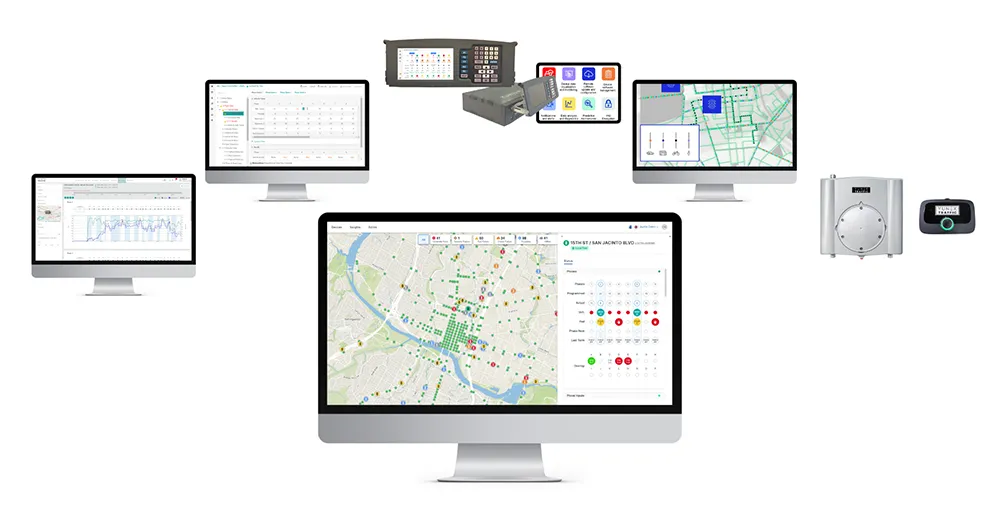The Concirrus Connect platform developed by Concirrus, provider of cloud-based software for the Internet of Things (IOT) has been chosen by Collision Management Systems to launch its solution for the fleet risk management market.
The new DriveGuard solution utilises next generation telematics technology combined with the latest IOT platform, both from Concirrus to deliver technical flexibility and real-time intelligence for those dealing with the incident and claims process. By gathering more information
December 10, 2013
Read time: 2 mins
The Concirrus Connect platform developed by Concirrus, provider of cloud-based software for the Internet of Things (IOT) has been chosen by Collision Management Systems to launch its solution for the fleet risk management market.
The new DriveGuard solution utilises next generation telematics technology combined with the latest IOT platform, both from Concirrus to deliver technical flexibility and real-time intelligence for those dealing with the incident and claims process. By gathering more information and combining this with research, the DriveGuard system provides powerful insight and a holistic view of incidents from first notification of loss through to the settlement of claims, dramatically reducing costs and exposure to fraud.
"The use of telematics in the insurance industry is gathering pace and has proven to be invaluable tool for identifying and managing risk. However, the DriveGuard solution represents a true step forward in utilising telematics data and the Internet of Things to handle claims more efficiently.” said Andrew Yeoman, CEO of Concirrus.
Charles Smith, CEO of Collision Management Solutions explained “We chose Concirrus as their platform allowed us to provide a leading edge and powerful solution in a remarkably short period of time. During our initial market testing there has been a great reaction from fleets, accident managers and insurers who see DriveGuard as the perfect tool to reduce their increasing claims costs.”
The new DriveGuard solution utilises next generation telematics technology combined with the latest IOT platform, both from Concirrus to deliver technical flexibility and real-time intelligence for those dealing with the incident and claims process. By gathering more information and combining this with research, the DriveGuard system provides powerful insight and a holistic view of incidents from first notification of loss through to the settlement of claims, dramatically reducing costs and exposure to fraud.
"The use of telematics in the insurance industry is gathering pace and has proven to be invaluable tool for identifying and managing risk. However, the DriveGuard solution represents a true step forward in utilising telematics data and the Internet of Things to handle claims more efficiently.” said Andrew Yeoman, CEO of Concirrus.
Charles Smith, CEO of Collision Management Solutions explained “We chose Concirrus as their platform allowed us to provide a leading edge and powerful solution in a remarkably short period of time. During our initial market testing there has been a great reaction from fleets, accident managers and insurers who see DriveGuard as the perfect tool to reduce their increasing claims costs.”








